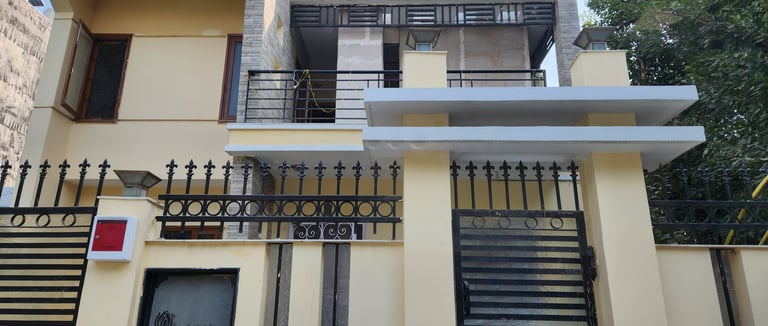

Sustainable Architecture: Building a Greener Future
What is Sustainable Architecture?
Sustainable architecture is the art of designing buildings that minimize environmental impact while maximizing efficiency, comfort, and harmony with nature. It’s about creating structures that use less energy, conserve water, and reduce waste—without sacrificing beauty.
Key Principles
Energy Efficiency – Passive solar design, natural ventilation, and high-performance insulation to reduce energy consumption.
Eco-Friendly Materials – Bamboo, recycled steel, reclaimed wood, and other low-impact materials.
Water Conservation – Rainwater harvesting, greywater systems, and low-flow fixtures.
Nature Integration – Green roofs, vertical gardens, and biophilic design to boost biodiversity.
Waste Reduction – Modular construction, recycling, and designing for disassembly.
Inspiring Examples
The Edge, Amsterdam – A smart, solar-powered office building.
Bosco Verticale, Milan – Towers with over 900 trees, cleaning urban air.
Bullitt Center, Seattle – Net-zero energy and water building.
Why It Matters
Sustainable architecture reduces carbon emissions, lowers costs, improves health, and prepares cities for a climate-resilient future.
✅ Quick Tip for Homeowners: Even small steps—like using energy-efficient lighting, installing solar panels, or planting a rooftop garden—can make a big difference.t content
Contact
Get in touch for design consultations.
Follow
Connect
+974-55341023
© 2025. All rights reserved.
+91 9650209661
